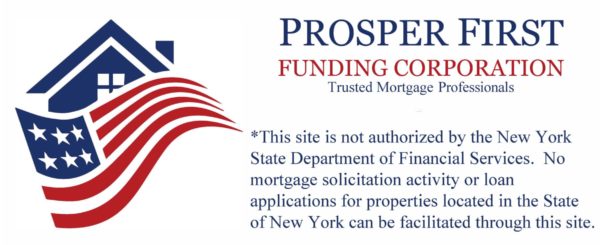Xeriscaping is a method of landscaping that uses native drought-resistant plants, and eliminates the need for excessive watering and maintenance. This totally eco-friendly method will save you money on your water bill in the summer, while making you feel like you’re making an environmental difference. Score!
Xeriscaping can be so much more than a dry garden with cacti and succulents. Tall grasses, groundcovers, native plants (like lavender or sage in the West) and shrubs can be used to create your Xeriscaped oasis. Successful Xeriscaped landscapes require research and planning, but little else afterwards. Whether transforming your entire yard at once, or bit by bit, the following tips will help you get the most out of your low-maintenance, earth friendly and beautiful landscape.
Research the Needs of Your Space
The first step in creating a glorious Xeriscaped oasis of a garden is to know the needs of your plants. Do they require lots of sun? Partial shade? A mixture of both? Keep track of where the sun shines during the day on your desired Xeriscaped area. The goal is to use plants that are low maintenance and require minimal water
Determine the Zones
When planning and researching your Xeriscaped garden or landscape, figure out the three planting zones: Oasis, Transition and Arid. This is perhaps the most important step for your garden, as it can help you achieve your desired visual effect while ensuring that your plants are in the appropriate areas. One way to think about the flow of your zones is to consider a cascade effect from the Oasis zone to the Transition zone, and then on to the Arid zone. Check out this list for zones and appropriate plants.
- The Oasis zone is close to a large structure or focal point. It can benefit from shade and rain runoff. This is an area where you can use tall and colorful plants to accentuate your focal point.
- The Transition zone is a buffer area between the oasis and arid zones. Here, you should utilize plants that are smaller than those in your Oasis zone.
- The Arid zone is farthest from focal points or structures. This area receives a lot of sunlight and the least amount of traffic. Low-lying plants like ground cover are ideal in this area.
Use Landscaping/Weed Block Material
After you dig up the earth, lay down some weed block fabric. On top of the fabric, lay down soil, rocks or mulch, or a mixture of all three. This, combined with the weed block material, will effectively block weeds from invading your garden. You’ll have to cut out a spot for your plant(s) in the weed block material. Make sure you allow enough space around the plant to allow it to spread its roots and grow.
Pick Your Plants
Check out this site to help you research plants that are native and appropriate for your region of the country. Select a variety of plants that can handle a low-water environment. There are many plants that are capable of thriving in more sunlight and heat than others. Arrange your more sunlight tolerant plants where they will receive the most afternoon light.
Mulch
Mulch retains moisture, which helps your native, water-wise plants thrive. The soil decomposition improves the earth over time, however it should be replenished often. Gravel does not need to be replaced or replenished, but if you use this method make sure to use weed block fabric to keep weeds from growing through. The gravel will attract fewer insects.
My husband and I are looking at a house that has an HOA, but we never lived with one before so we are curious to know if there are benefits to having one. I liked how you pointed out that one good thing is that they will provide a landscape company to help with the yard work. It will be great not having to worry about spending all of our time doing it, but having it still look nice.
Very nice love the colors
I would love to have a tiny home to live in! It seems more manageable and affordable. The Hiatus in Oregon is beautiful. I love the wood floors. can you put a tiny house on any property? Thanks for the inspiration and information!
I have a home in Stamford CT and I am looking for someone to assume my mortgage. Not sure if you are interested in something like this based on what I saw on your website. Eric
Is it possible to buy a first home with a 580 credit score? The house is in Groton ct and is only $90,000
